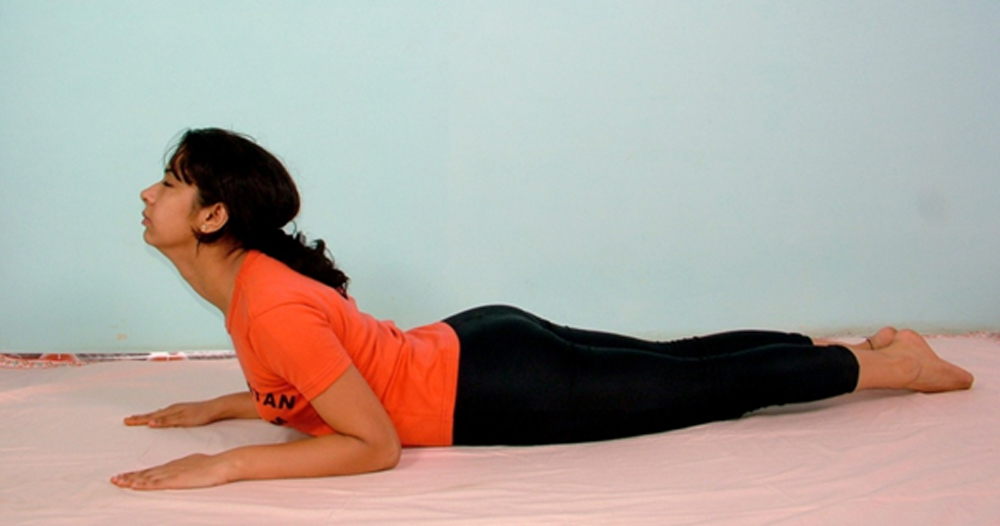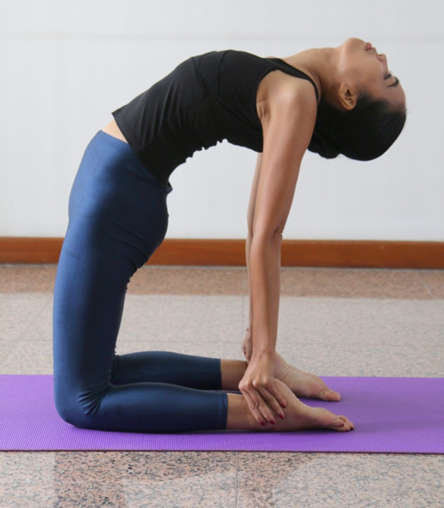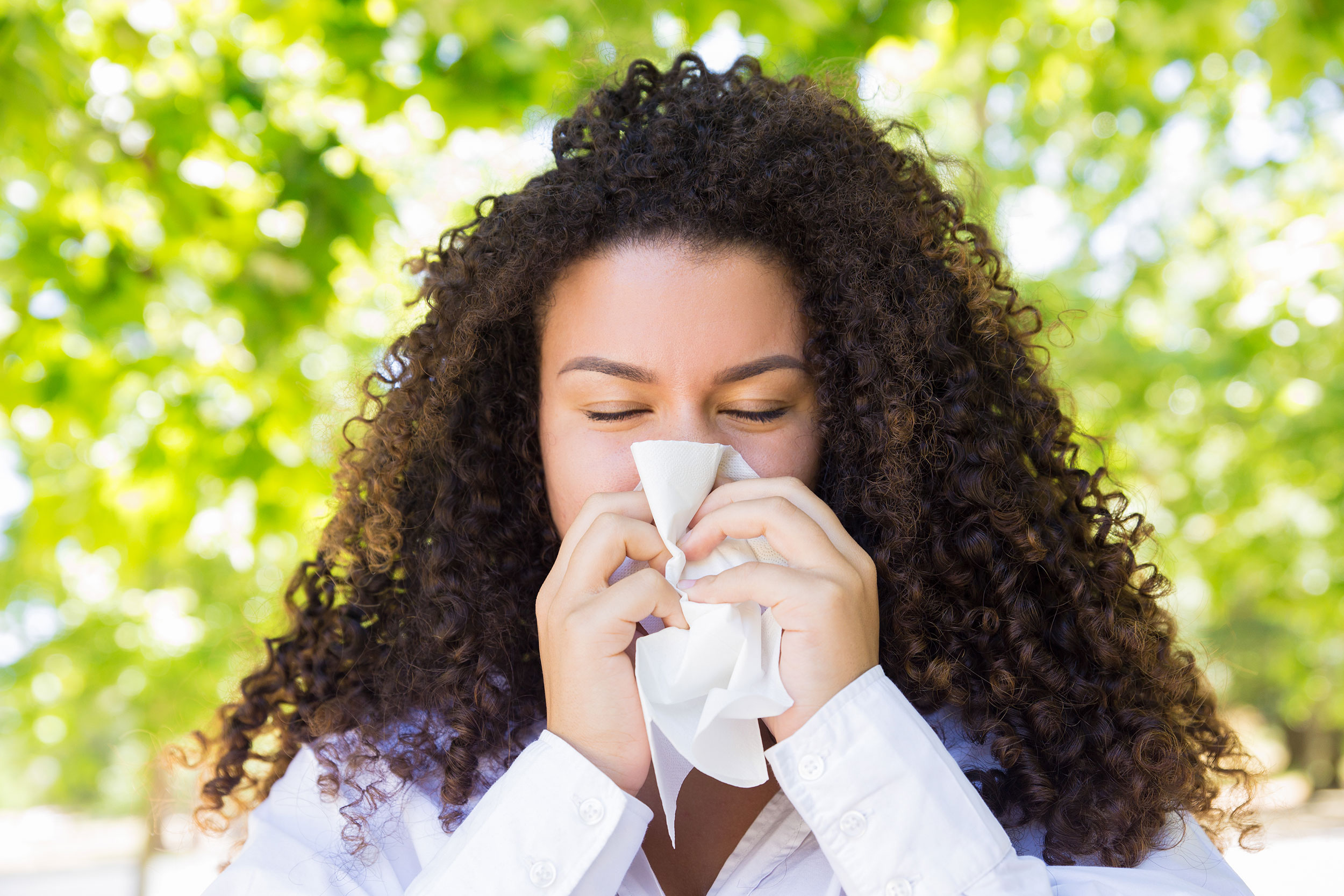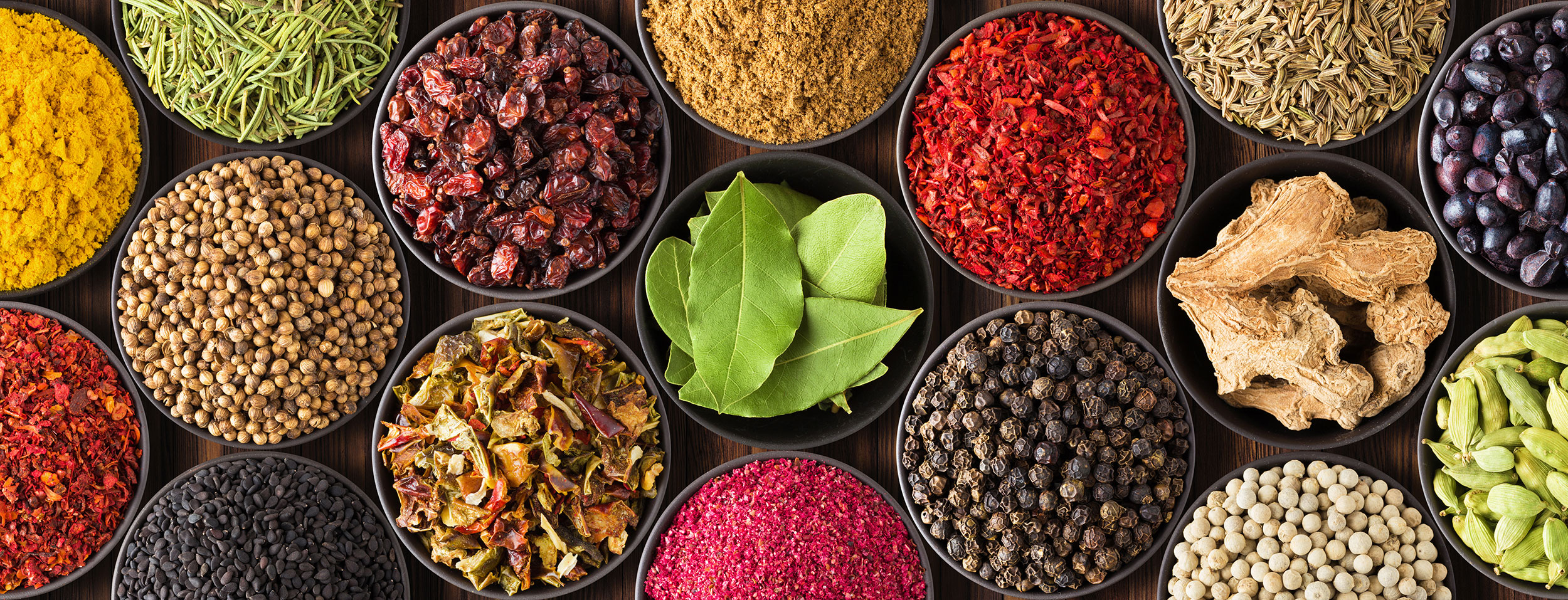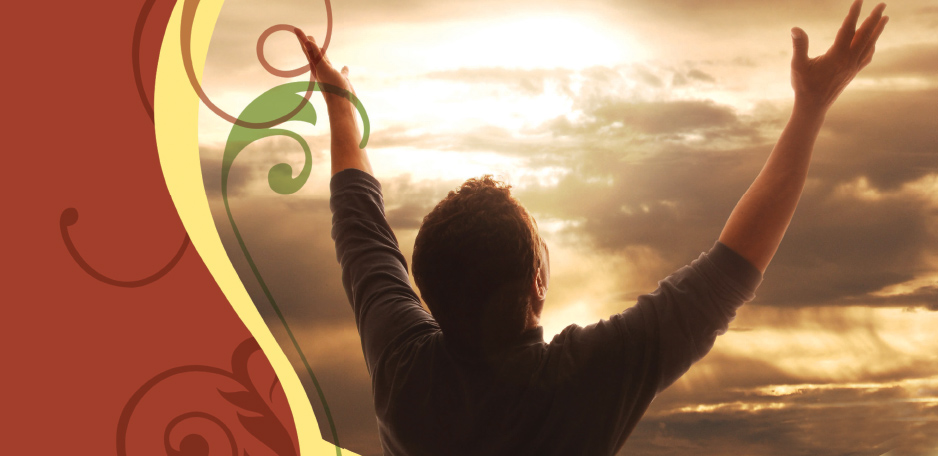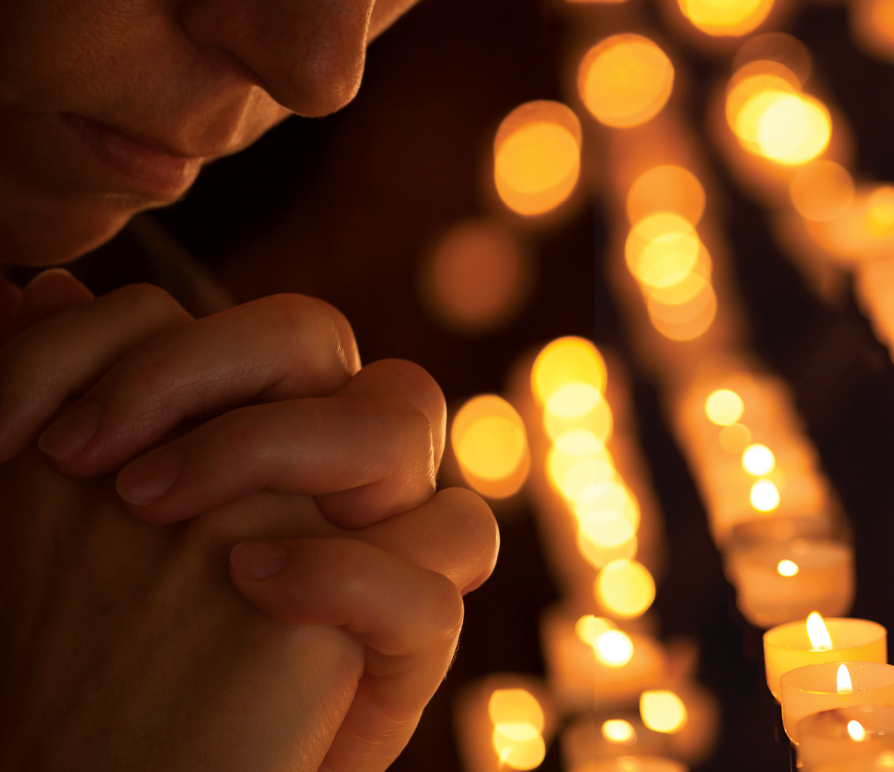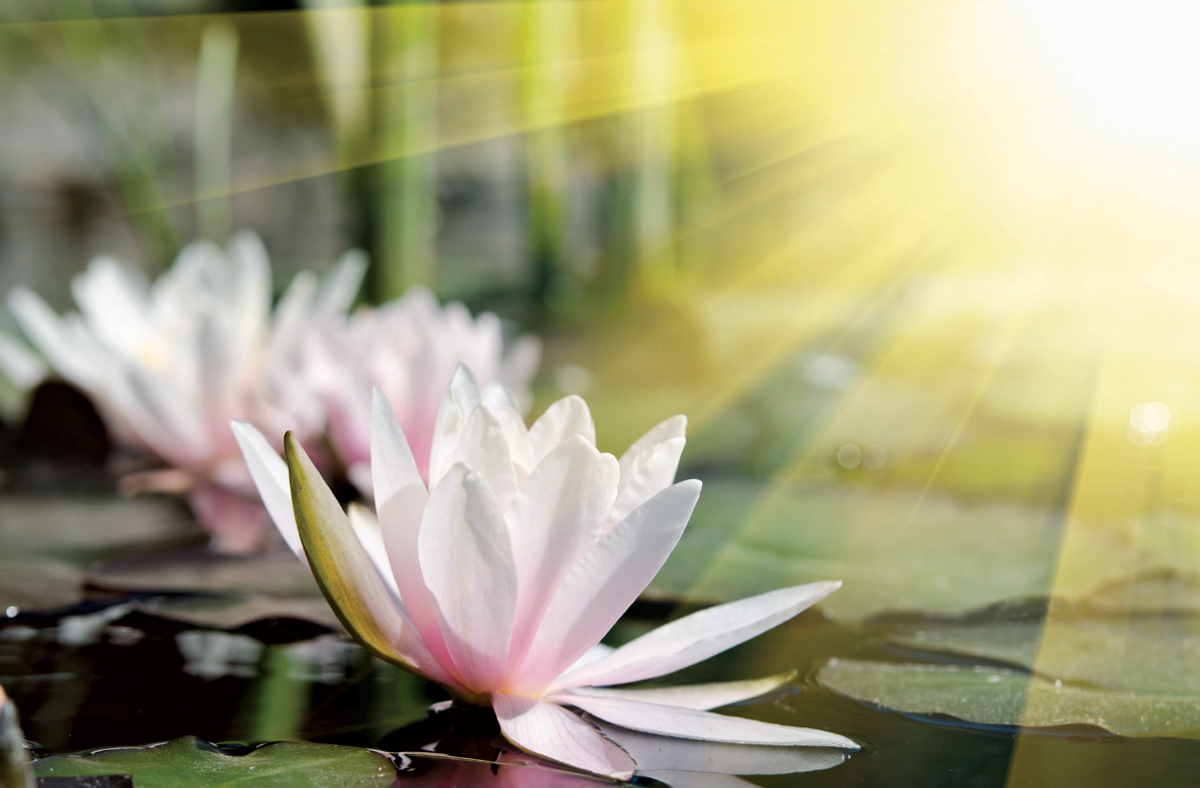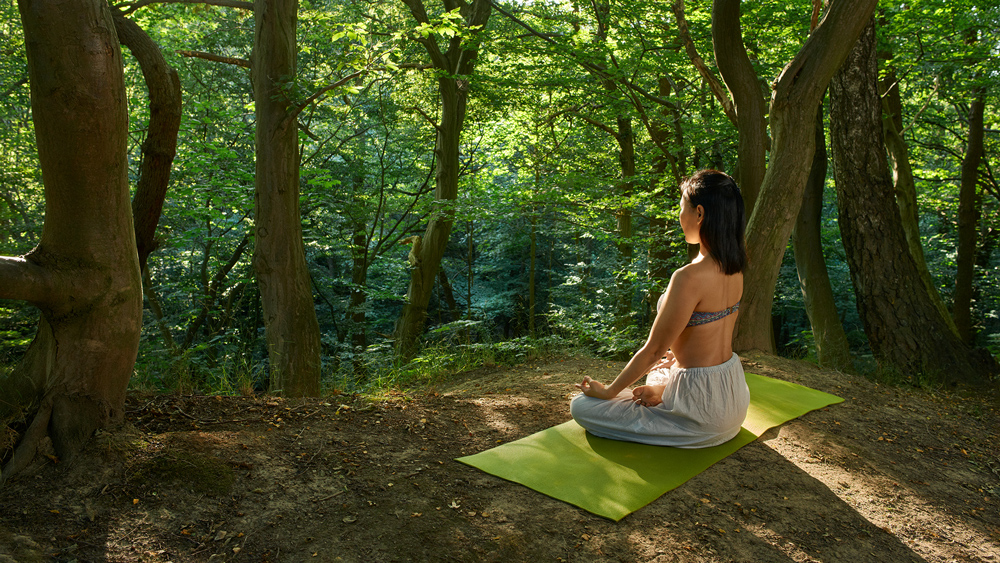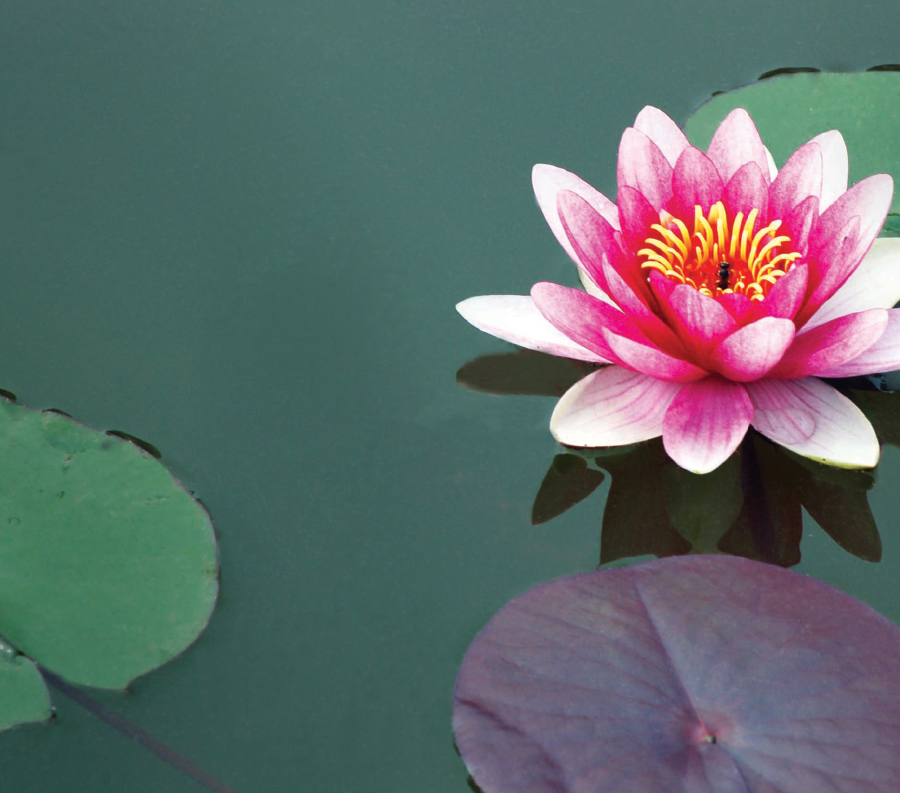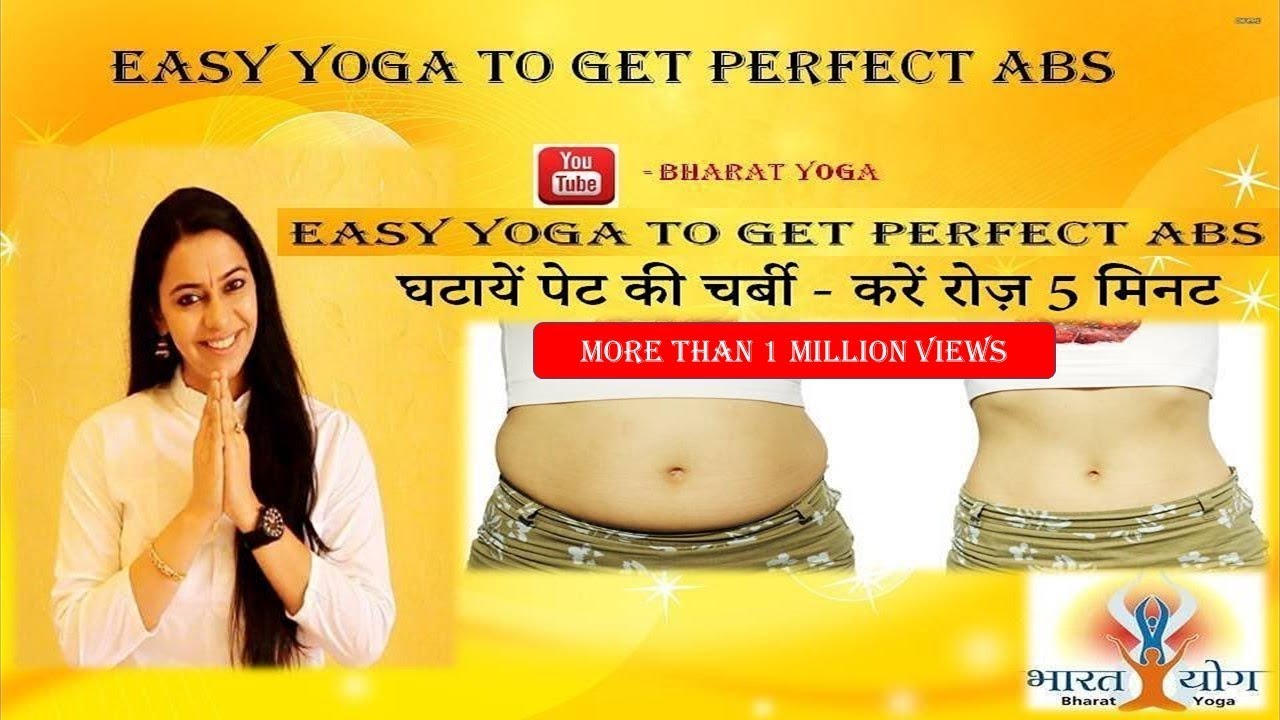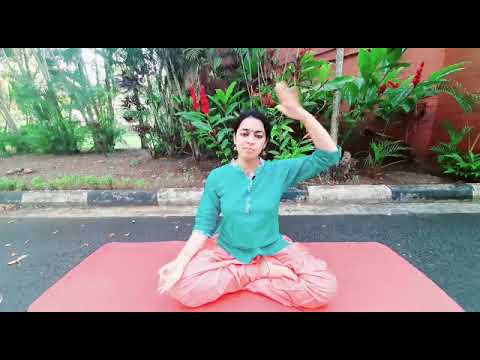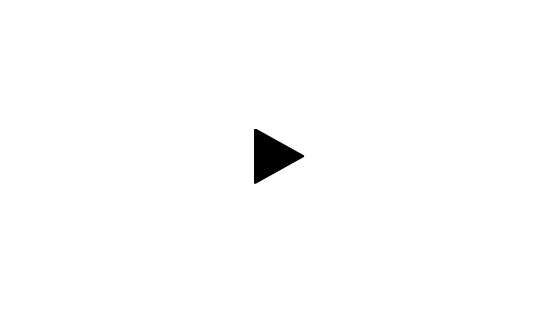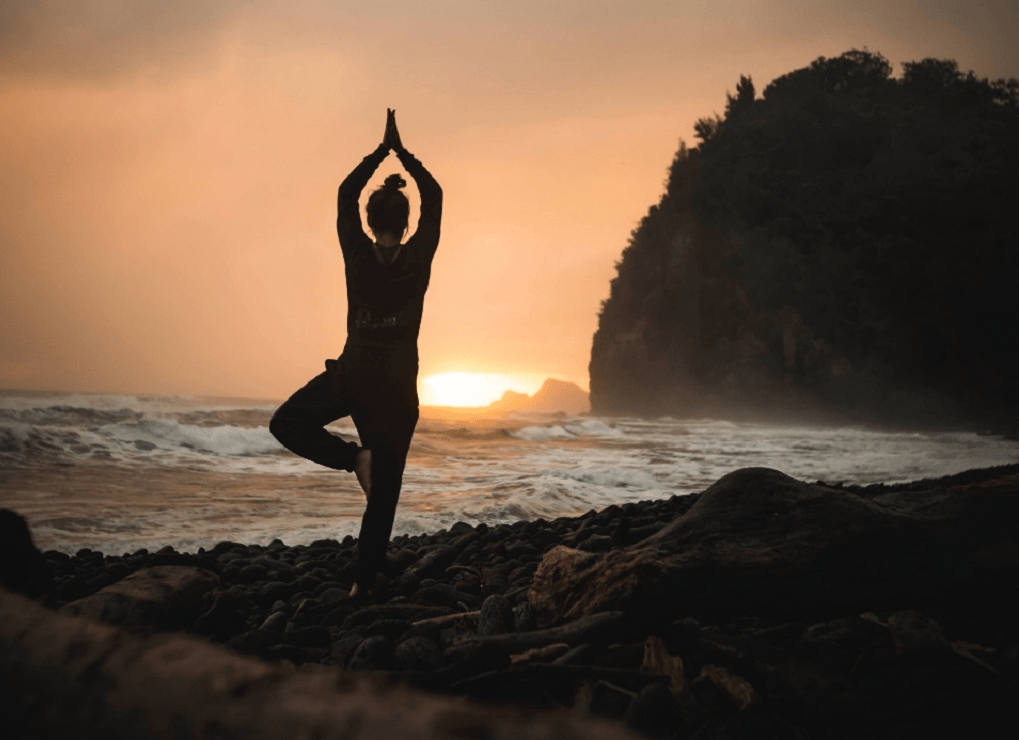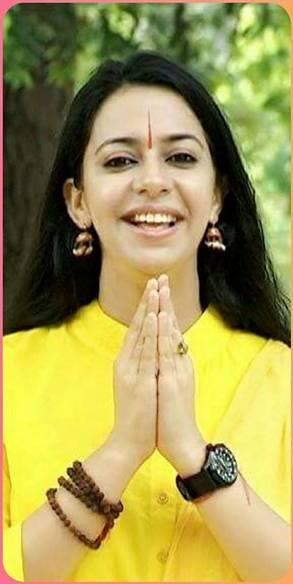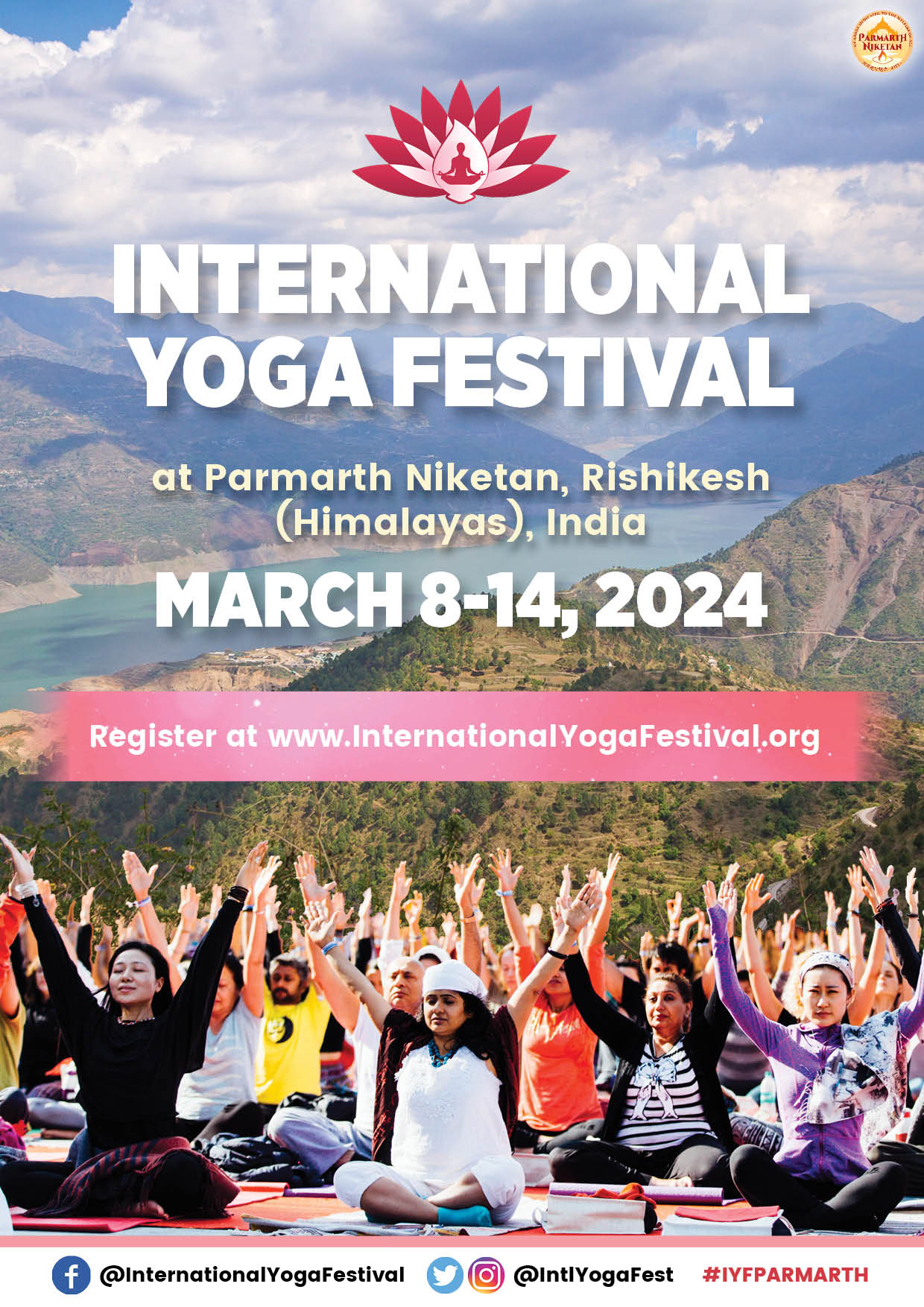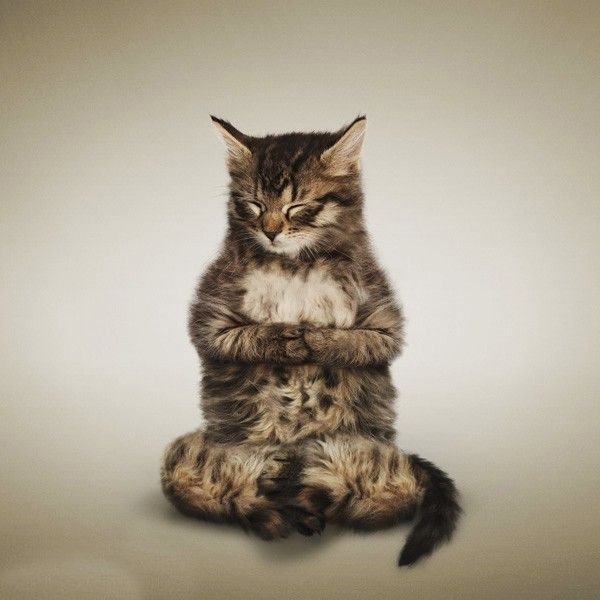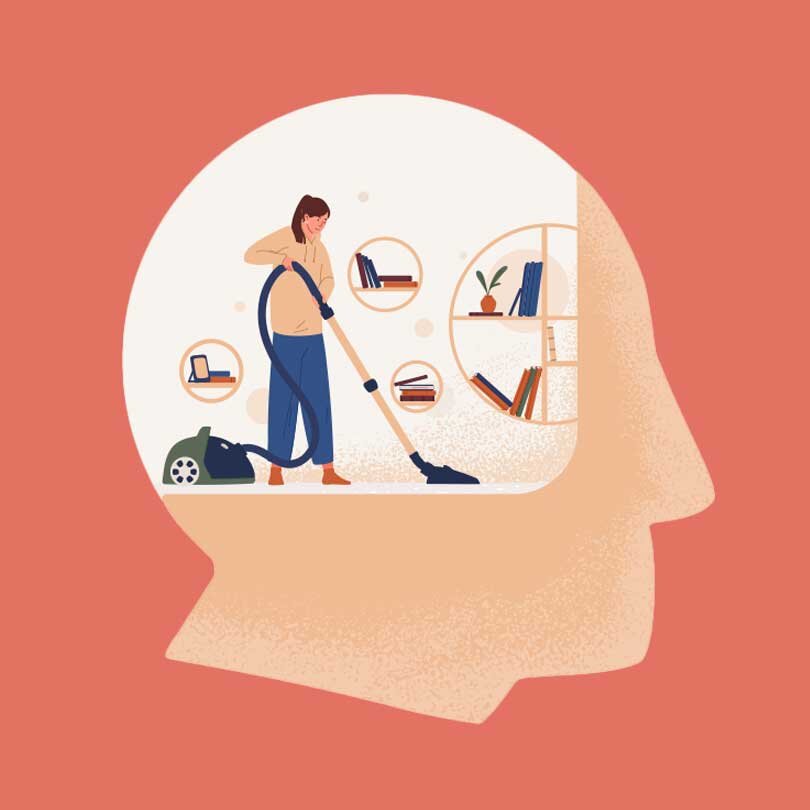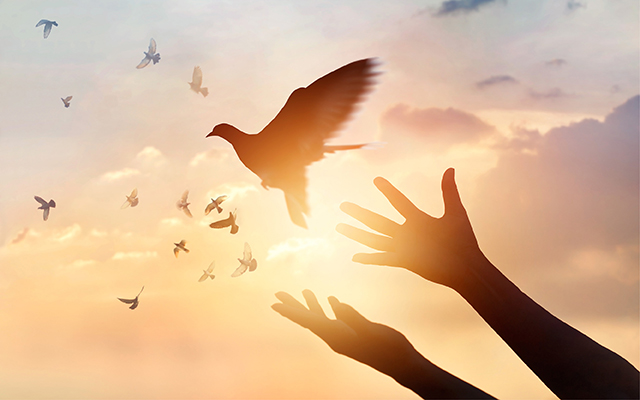Today when worldwide most of the countries are facing lockdown and people are staying at home, it’s very important to keep yourself fit and healthy.
Yog is not just a practice to keep the body fit but also a wonderful way to release the stress and anxiety and to achieve the complete wellbeing.
Yog, contrary to common belief, is not just a set of physical or respiratory exercises, but a science that touches all levels of human life i.e. physical, mental, social, intellectual, emotional and spiritual.
Specially at the time of lockdown when people cannot go to health centers, cannot go to gymnasiums and cannot even go for a walk, such a practice is required which creates positive effects on the organs, muscles, respiration and even mental health.
Surya Namaskar
Each day, we are given a new morning to see what we do with it. One morning is a small unit of whole life. Being in direct contact of sun each morning with Tratak, Sun bathing, performing Surya Namaskar and worshipping Sun we can add color to our life and give it a perfect shape – physical, mental and spiritual – as sun is the source of life and energy to all. As RigVeda says, “Surya atmajagtststhuschswaha” (Sun is the spirit of all living beings and sthanus like trees etc. known as Pratyaksh Devta: Visible form of Divine) sun rays are the cure to several ailments with regard to eyes, heart, lungs, stomach and skin and it burns and removes all filth from our body as well as from environment.
Surya Namaskar is a wonderful way of loosening up, stretching, toning and massaging of muscles, joints and internal organs of our body. This is the reason that sun worship is a very important part of Vedic lifestyle.
Surya darshan, Tratak (a wonderful system for improving vision and mental powers), offering arghya to sun and Suryopasna, besides several fasts dedicated to Surya deva represent scientific vision of Vedic Rishis.
Surya Namaskar prevents most of the possible diseases due to cold; one may come out of low blood pressure and Anemia too with regular and dedicated practice of Surya Namaskar. It boosts our immunity and is a good practice for those suffering from Vitamin D deficiency.
It is a wonderful way to stay perfectly healthy, gain mental concentration and improve energy level. It is a special combination of asan, pranayam, mantra and dhyan that adds perfect harmony to our life.
It regulates Pingla or Surya Naadi, the pranic channel which carries the life giving vital force and leads to a balanced energy system at mental and physical levels. Every health and joy seeker is advised to perform Surya Namaskar every morning facing the rising sun with empty stomach, wearing loose, light and comfortable cotton dress, preferably of sun color.
Surya Namaskar is traditionally performed in 12 steps.
Procedure:
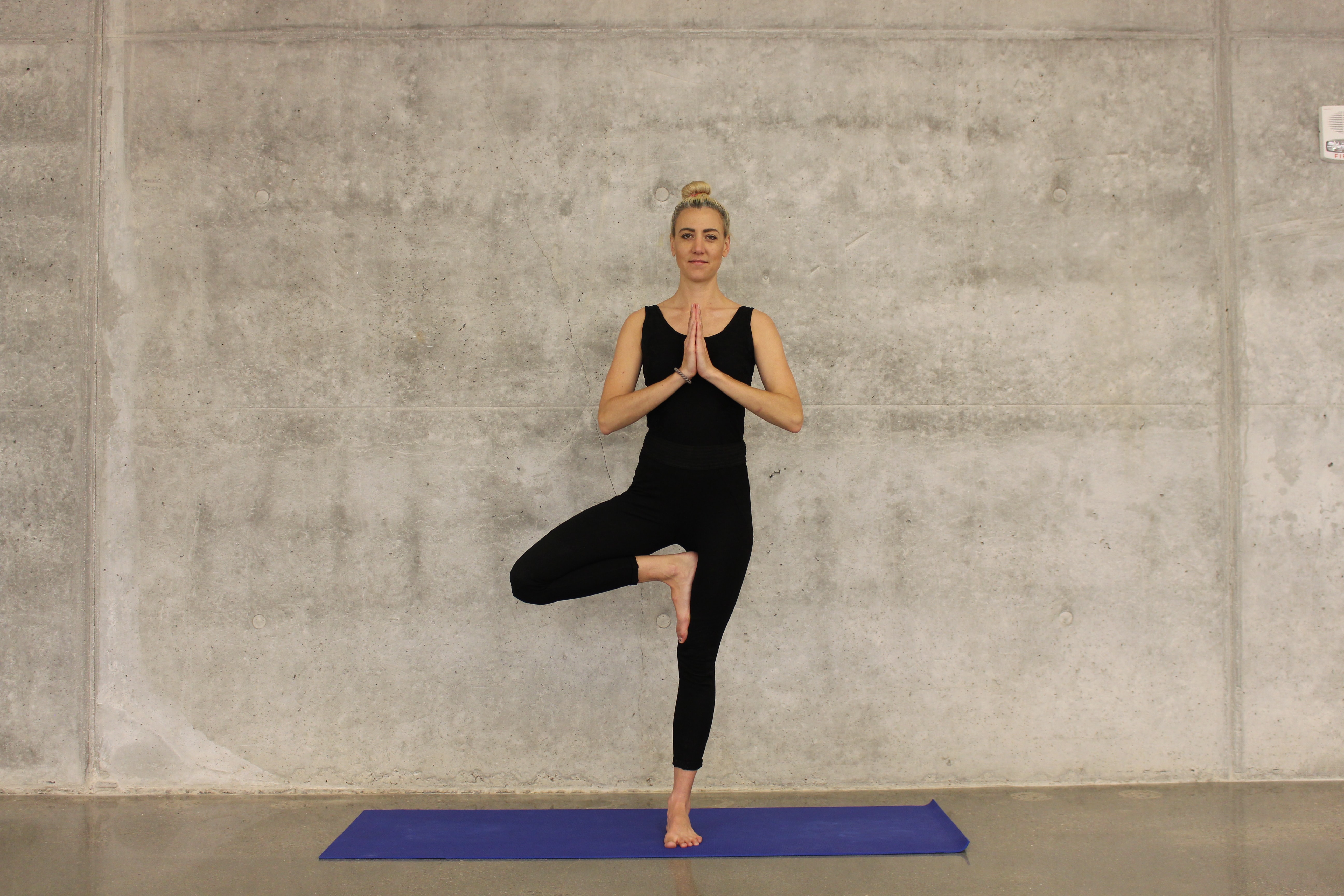
Step one – Pranamasana (Pranamasana)
Stand upright with feet together in prayer pose with palms together in shape of the flame of deepak. Be with yourself with muscles and joints relaxed. Face to be free of the wrinkles caused by tension, fear and rage. Permit your eyes to remain gently closed with perfect concentration on the sweet rising Sun. Breathe normally
with mental chanting of holy “OM” in each breath.
Pray with a few of Surya Stuti Mantras:
“Adityasyanamaskaran ye kurvanti dine dine,
Janmantarsehstreshudaridryamnopjayete,
Namodharmvidhanaynamastekritsakshine,
Namopratyakshdevaybhaskaraynamonameh.
Akaalmrityuharnamsarvvyadhivinashnam,
Surya padodkamteerthamjathredharyamyehm.
Om tejoasitejomaeidhaehi,
Balamasibalammaeidhaehi,
Ojoasiojomaeidhaehi,
Veeryamasiveeryammaeidhaehi,
Sahoasisahomaeidhaehi,
Manyurasimanyurmaeidhaehi.”
Repeat one by one of the following Namaskar Mantras before each round of Surya Namaskar:
Om Suryaynameh, Om Bhaskaraynameh, Om Arkaynameh, Om Khagaynameh, Om Mitraaynameh, Om Hiranyegarbhaynameh, Om Ravayenameh, Om Bhanvainameh, Om Marechyenameh, Om Pushnavenameh, Om Adityaynameh, Om Savitryenameh.
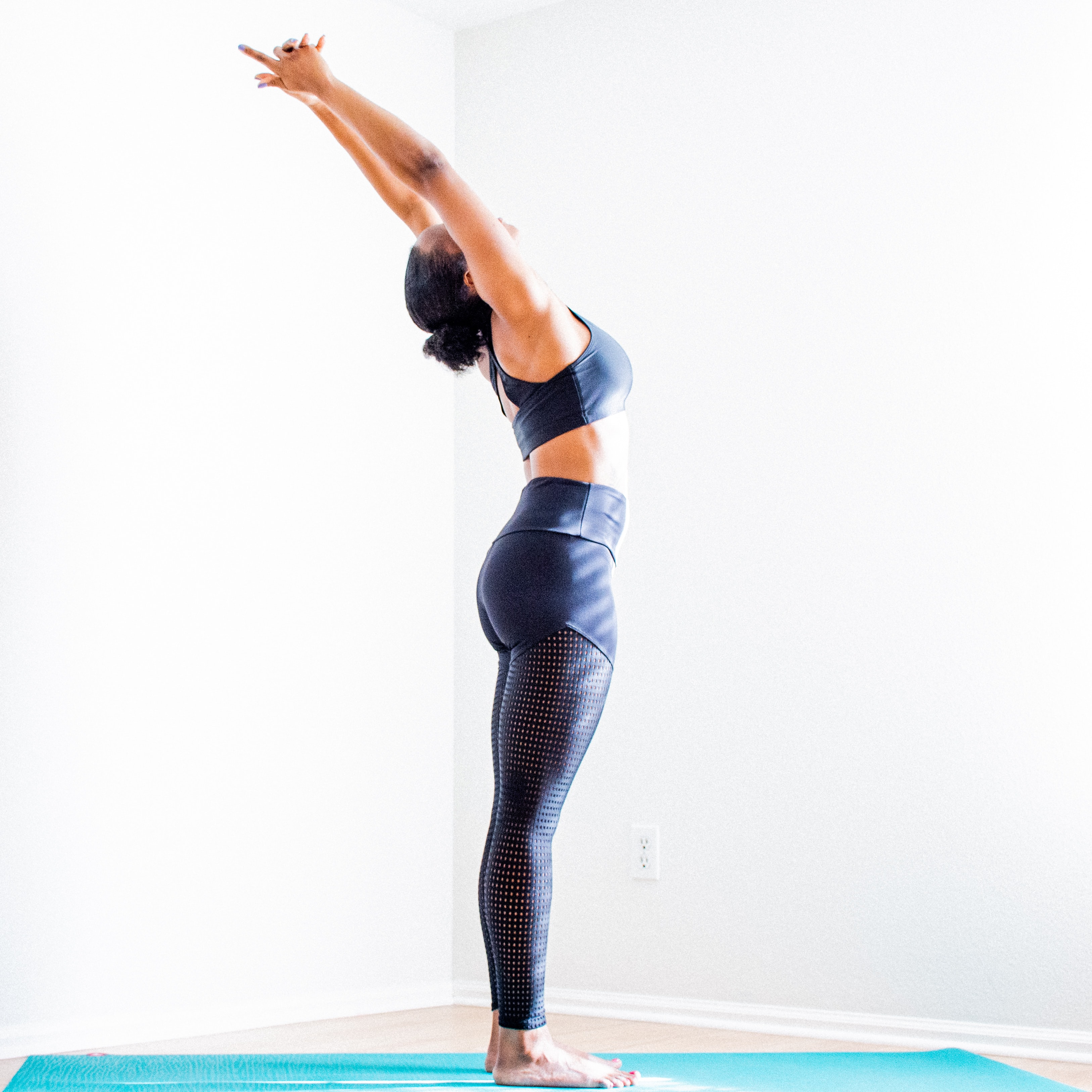
Step two – Hastautthanasan (raised arms pose)
Chant ‘Om Suryaynameh’ and then inhale gently while stretching both arms above your head, keep the arms separated shoulder width apart and make gentle effort to bend your head, arms and upper trunk as backward as you can.

Step three – Hastapadasan (Hand to foot pose)
* Bend forward with lower back followed by middle back, upper back and finally head while exhaling until fingers or palms touch the ground on sides of the feet.
* Try to touch the knees with fore head in exhaled position keeping the knees straight.
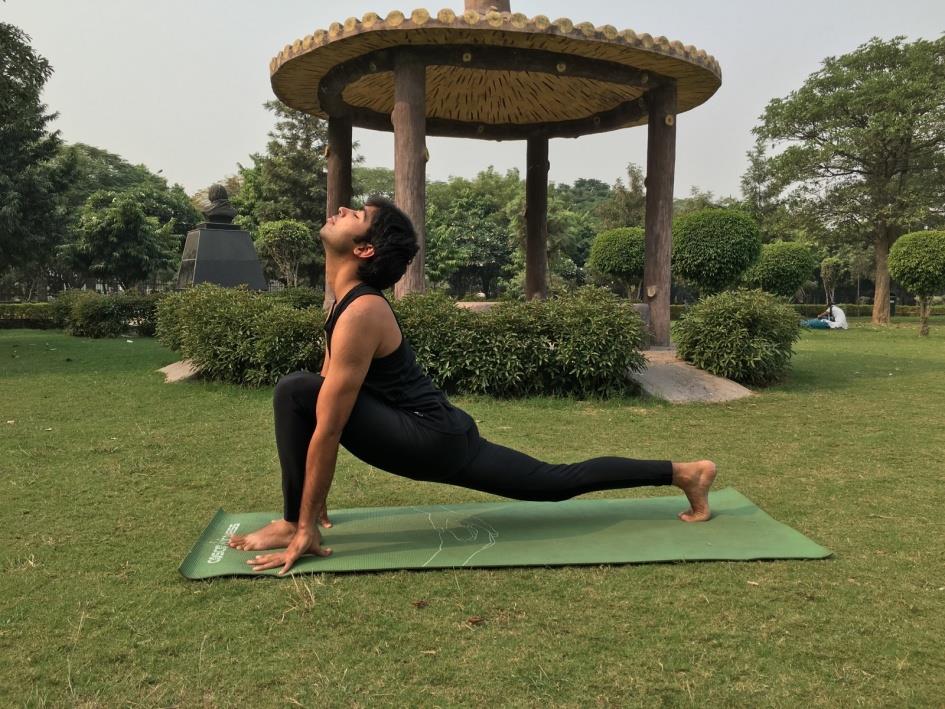
Step four – Ashwachalan (equestrian pose)
* Lift your face up and lower the lower back while inhaling & stretch the right leg back as far as possible.
* At the same time, bend the left knee, keeping the left foot on the floor in the same position. Keep the arms straight.
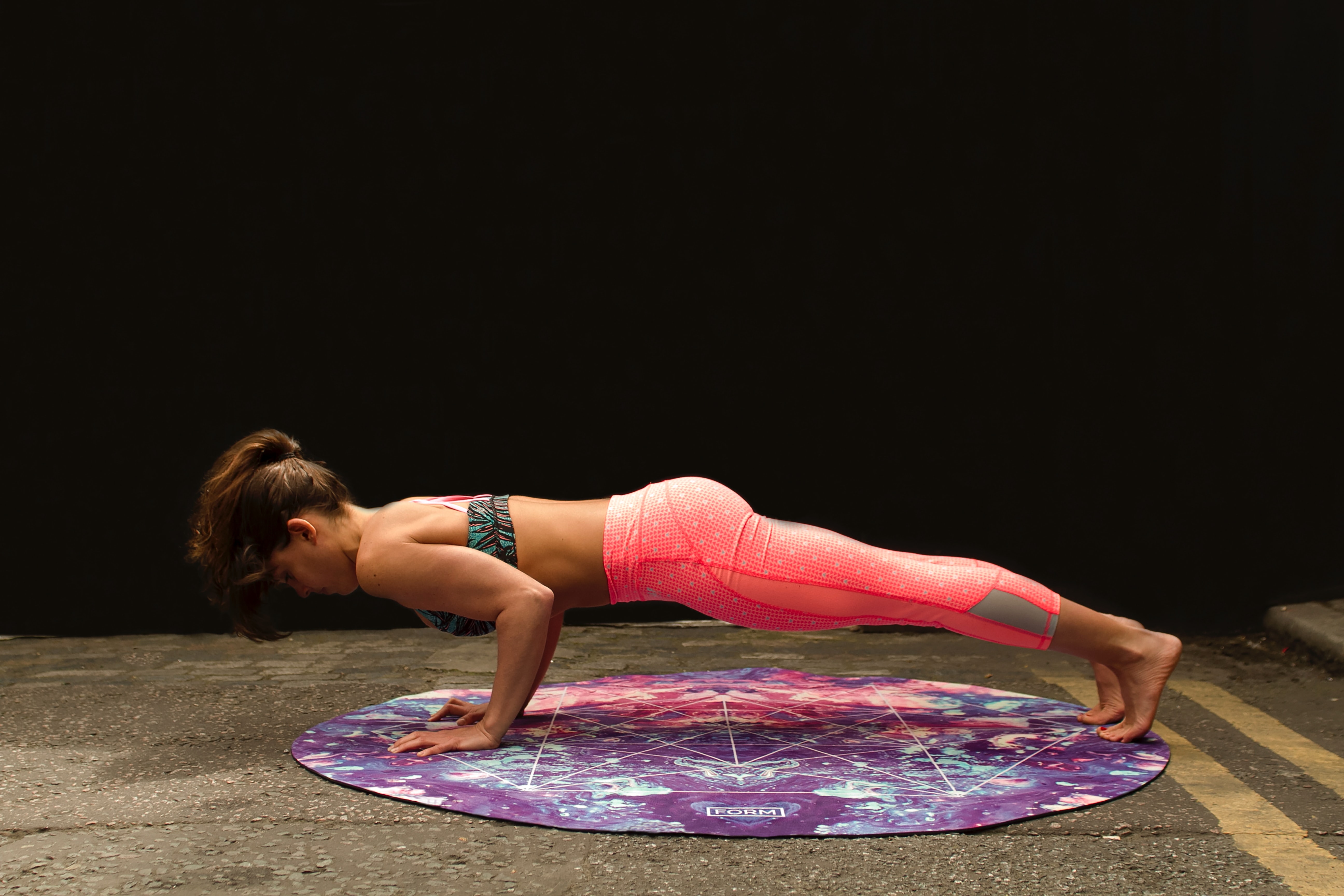
Step five – Dandasan (Dip pose) (Note: Many scholars & practitioners practice step eight i.e. Parvatasan also as step five)
* While inhaling take the left foot back beside and place it closer to right foot. Keep the arms straight at elbows to hold a slope toward toes.
* Legs and arms should be straight in the final position.
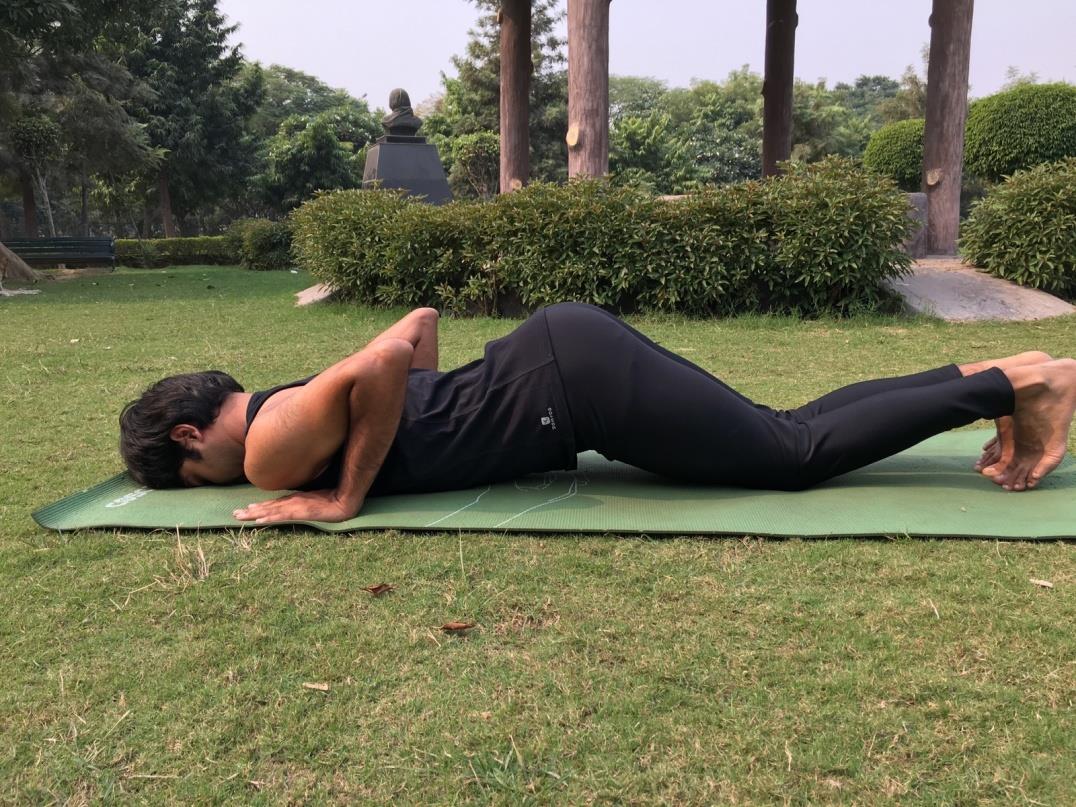
Step six – AshtangPranam / ShashtangPranam (salute with eight parts or points)
* Hold the breath in and lower the knees, chest and forehead to the floor balancing on the palms in SashtangPranaam (one forehead, two palms, one chest, two knees, two toes, this way touching eight body parts to the ground) position.
* If this is not possible, first lower the knees, then the chest and finally the forehead.
* The buttocks and abdomen should be raised.
* Breath is held inside in this pose.
* There is no respiration in this tough posture.
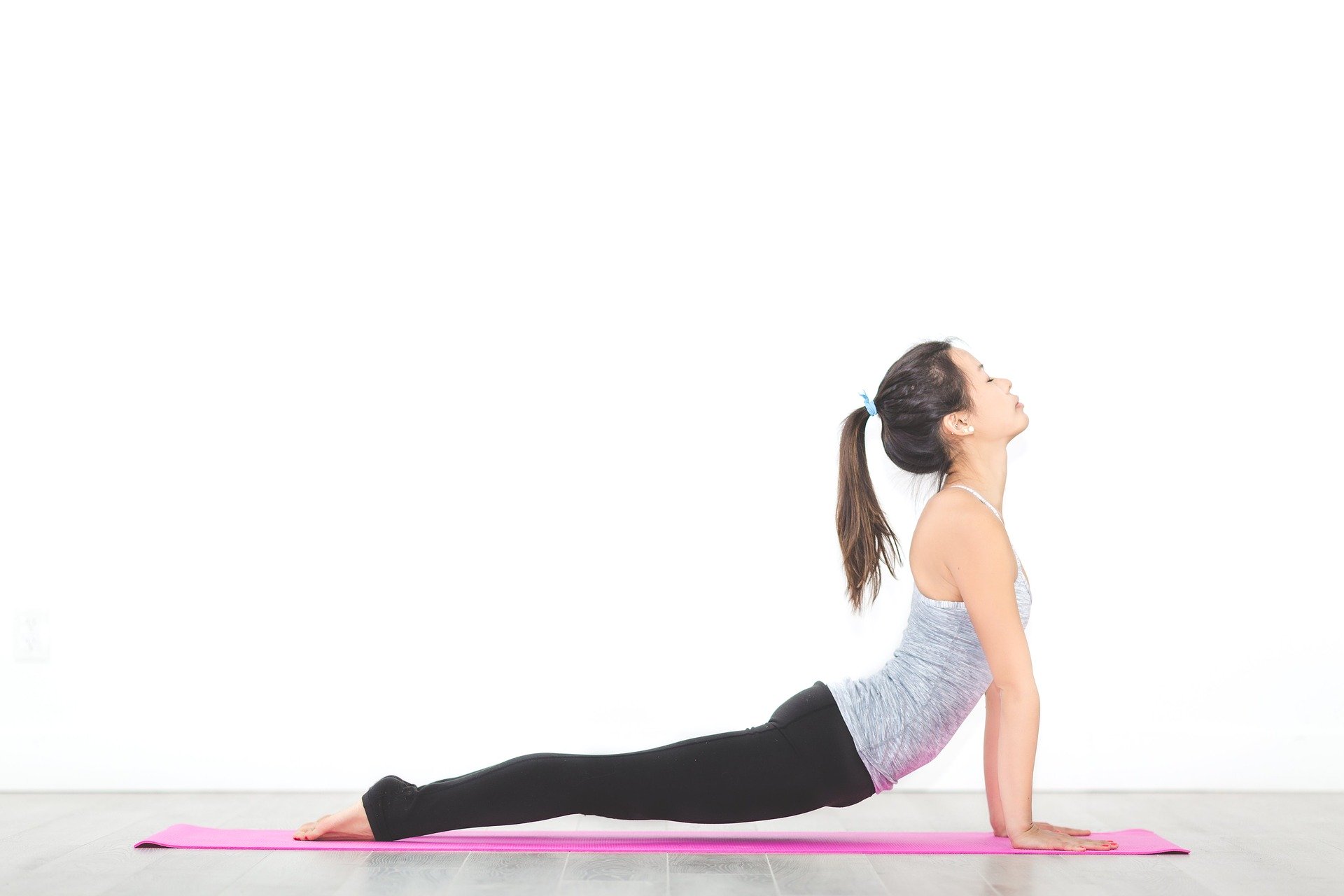
Step seven– Bhujangasan (cobra pose)
* Raise the head and face up. Lower the buttocks, and hips to the floor.
* Straightening the elbows, arch the back, and push the chest forward stretching into the UrdhyamukhiShwanasan (Forward stretched dog pose).
* Hold the inhaled position bend the head back and direct the gaze upward to the eyebrow centre in shambhavi mudra.
* The thighs and pelvis remain on the floor and the arms support the trunk. Unless the spine is very flexible the arms will remain slightly bent.
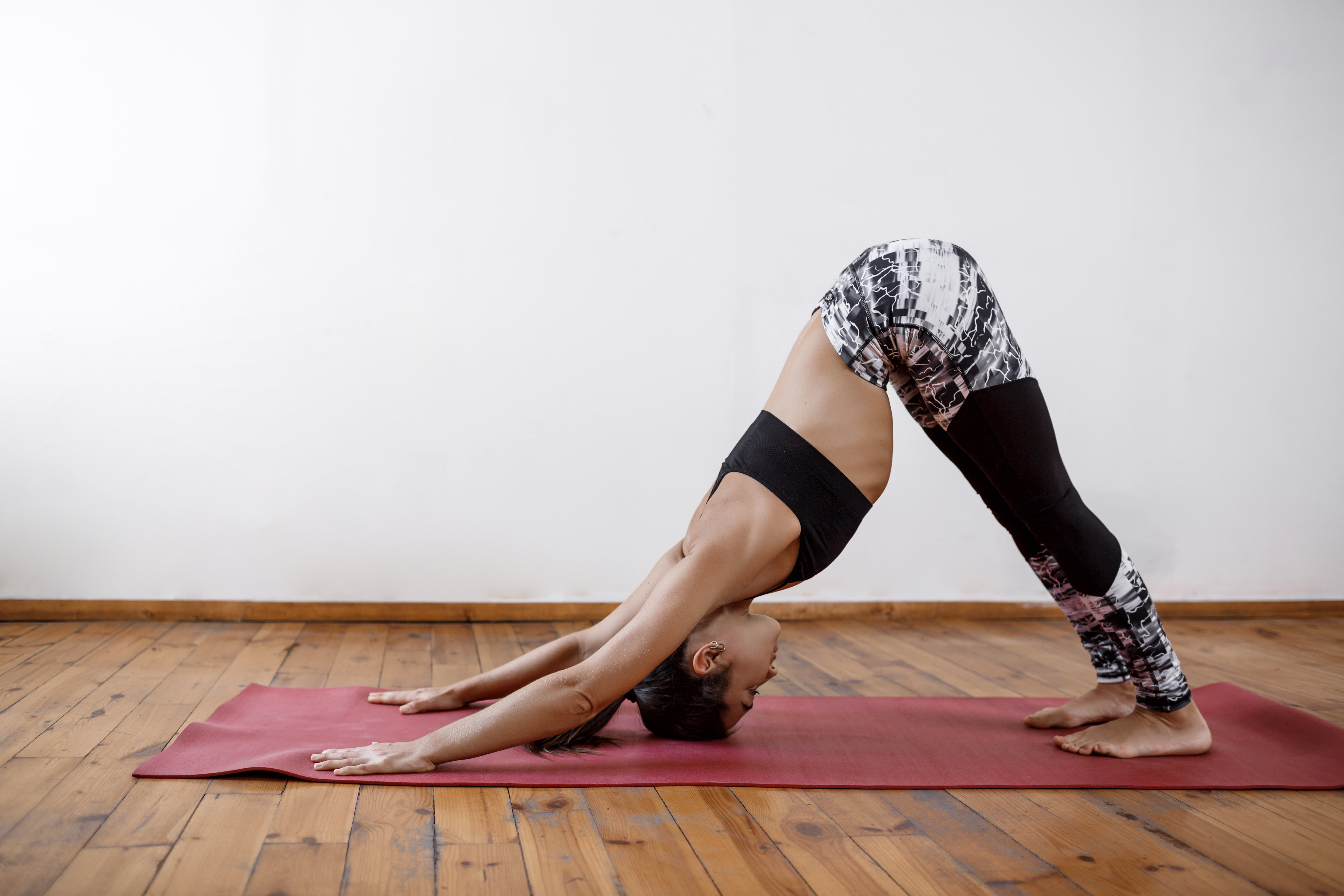
Step eight – Parvatasan / AdhomukhiShwanasan (mountain pose)
* While exhaling lift up the hips giving your self a shape of mountain. Stretch backward and try to bring face and chest closer to floor. Try to touch the heels to floor and feel the calves a bit tough.

Step nine – Ashwachalan (equestrian pose).
Repeat Step four i.e. – bend the right leg and bring the right foot forward between the hands. (In step four right leg was taken back but in the step eleven left leg is taken back)

Step ten – Hastapadasan
* Repeat step three i.e. while still exhaling bring the left foot forward next to the right foot and straighten both the knees.
* Bring the relaxed forehead as close to the knees as possible without straining.

Step eleven – Hast utthanasan
* While inhaling raise the torso and stretch the arms above the head.
* Keep the arms separate, shoulder width apart.
* Try to bend the head, arms and upper trunk backward.
* This is the final position and the same as the step 2

Step 12 – Pranamasan
* Bring the palms together in front of the chest as in prayer pose while exhaling. Breathe normally with mental chant of holy “OM”, bear peace and tranquility on face and eyes and join the glow and energy circle of sun.
This is one round. Start with performing 5 such rounds and along with practice and stamina make it to12 rounds.
Time of practice:
Ideal time to practice Suryanamaskar is at sunrise, the most peaceful and favorable time.
Precautions:
High blood pressure, Coronary artery diseases, Hernia, Intestinal Tuberculosis patients and patients who have had a stroke should not practice Suryanamaskar.
Those suffering from back pain may avoid step 3 and 10.
Surya Namaskar can be done easily at home during lockdown and will help in keeping the body fit and mind stable and relaxed.
Stay safe! Stay Healthy!



